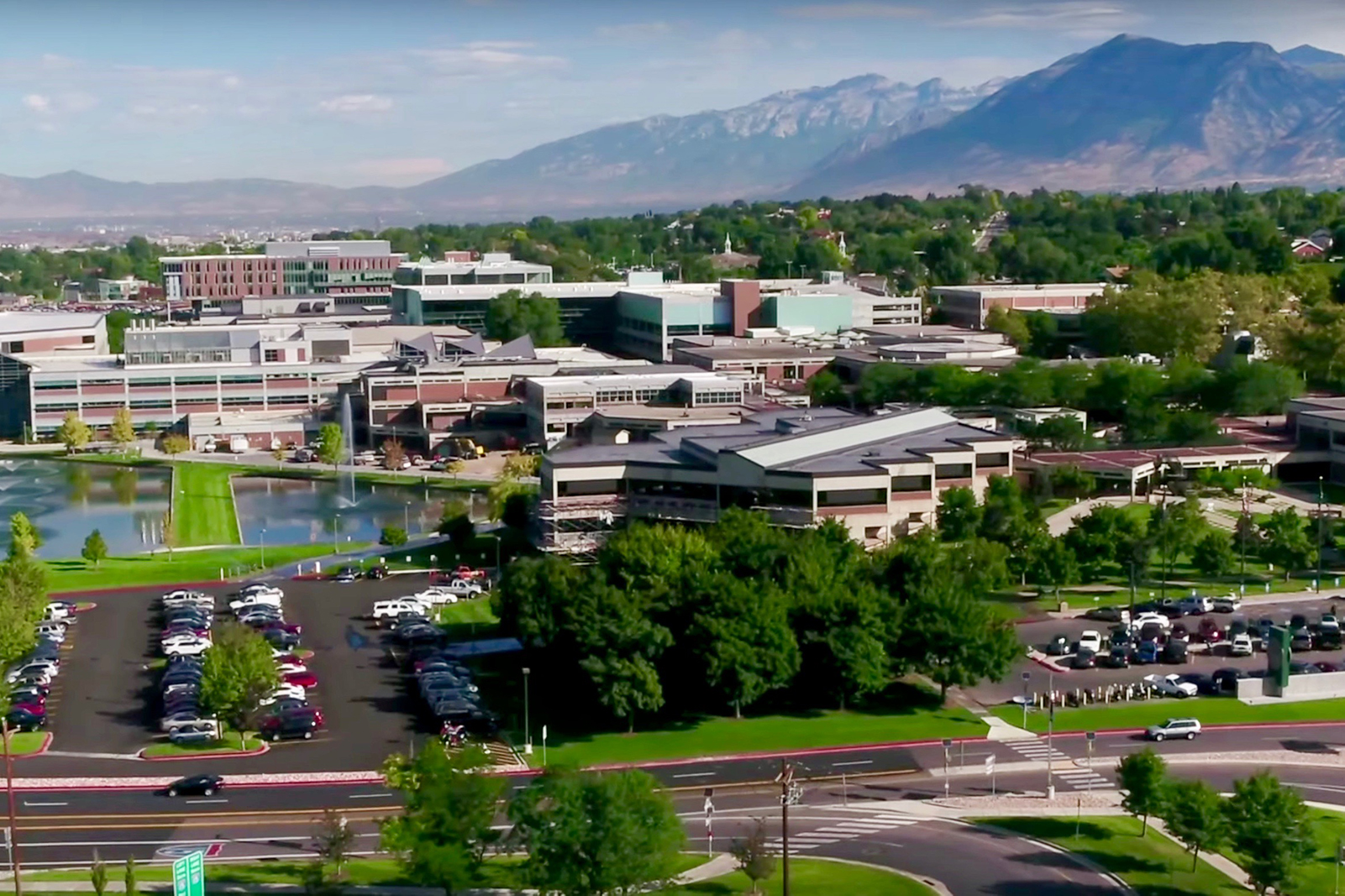Imagine opening your inbox to find an e-mail from a lawyer, explaining that a long-lost relative of yours has died and that you are the closest living relative eligible to inherit millions. All you have to do is provide your bank account information. Looking at my current bank account balance, I think to myself “So you are saying there is a chance?!”
Jokes aside, you may ask yourself, “Who would be naive enough to fall for this?” Unfortunately, a quick Google search will provide you with plenty of public service announcements with testimonials of people who have fallen for this very scam. Every day, people get e-mails from various sources, and many of us conduct our business dealings and communicate private information over e-mail. Right now, there are thousands of scams surrounding COVID-19 and stimulus checks circulating, and phishers are becoming increasingly sophisticated. Read on for some quick tips for avoiding becoming caught in a scam:
- Slow down.
Scammers/bad actors, or those with malicious intent, want you to act first and think later. If the message conveys a sense of urgency or uses high-pressure sales tactics, be skeptical. Do not let apparent urgency influence your careful review. An example of this could be requesting that you log in to your email account to review important messages before they are deleted. This is a common theme or tactic to get you to act quickly and enter in credentials that the phishers are seeking to steal.
- Control where you land.
This means that you stay in control of where you navigate on the web. If an email is asking you to click on a link to access an account, be careful. Instead of clicking on the link in the email, go find the website and login page yourself, using a browser. By doing this, you control where you are entering your information.
- Beware of e-mail hijacking.
E-mail hijacking is when someone impersonating you obtains your credentials and accesses your account. Once this bad actor gains access to your account, they can maliciously use it in many ways to steal information from you or pose as you to gain access to other accounts. To combat this, you should turn on multi-factor authentication (MFA). MFA is the process of linking your account to a phone number or an app that requires a second layer of authentication outside of just a password. I highly recommend you do this on all of your email accounts, professional and personal. Click here for a great article that walks you through MFA for most types of accounts.
- Research the facts.
Be cautious and suspicious of any unsolicited messages. If the email looks like a company you use, do your research. Use a search engine to go to the real company’s site and compare what you see. Look for misspelled words, bad grammar, or vagueness as these can be signs that it could be a scam.
- Beware of downloads.
You need to be very cautious when it comes to downloading applications, files, and software on your computer. Bad actors can attach malware to documents like PDFs, word documents, and excel spreadsheets. Make sure to only download programs that you trust from sources that you trust. Do not download illegal software, movies, or music, as these often have malicious content attached to them. Never let someone remote into your computer to fix issues unless it is a trusted and vetted source.
As we continue to embrace various online solutions and different programs to increase efficiency and collaboration in this digital age, it is important that we keep our machines and our passwords safe. Following these guidelines will help protect your information and keep your computer free from malicious content.
















